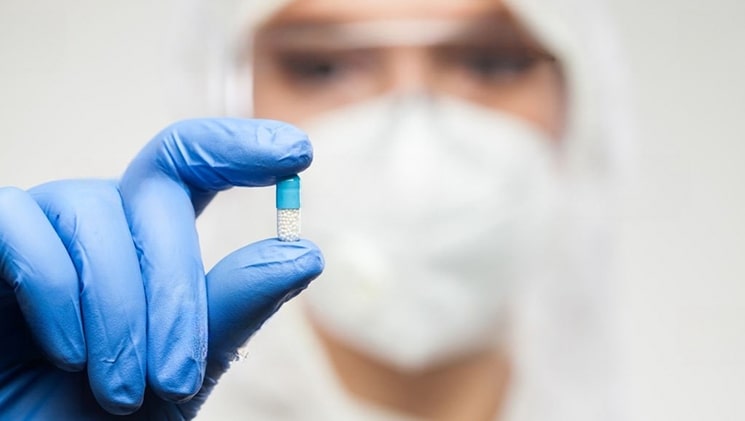
The active pharmaceutical ingredients (API) market was worth
approximately USD 177.05 billion in 2021 and is expected to
reach USD 258.60 billion by 2027, growing at a CAGR of nearly
7.50 percent between 2022 and 2027.
The COVID-19 outbreak had a positive impact on the market in
2020, as countries and major players manufactured large amounts
of ingredients to meet the demand for COVID-19 treatment. The
COVID-19 pandemic has prompted drug companies to refocus their
models on a larger patient population. For example, the United
States requested that coronavirus treatment hydroxychloroquine
(HCQ) be imported from India. The virus has also disrupted the
Canadian drug supply chain, potentially causing problems for
Canadian patients.
The rising prevalence of chronic diseases is expected to
increase drug demand, fuelling the growth of the active
pharmaceutical ingredients market shortly. The World Health
Organization (WHO) reports that cardiovascular diseases are the
leading cause of death worldwide, claiming an estimated 17.9
million lives each year.
According to the Alzheimer’s Association, approximately 5.8
million people in the United States will have Alzheimer’s
disease by 2020. This disease is the sixth leading cause of
death in the United States, and it is more common in people over
the age of 65. (And approximately 5.6 million patients fall in
this age bracket).
Furthermore, the companies’ strategic initiatives to maintain
market stability include the launch of new drugs and biological
products, acquisitions, collaborations, and regional expansions.
This will almost certainly fuel market growth shortly. For
example, Quartic.ai and Bright Path Labs collaborated in 2020 to
develop AI-based technology for the continuous manufacturing of
critical APIs required for the production of critical
small-molecule drugs.
Drugs such as anti-infectives, diabetes, cardiovascular,
analgesics, and pain management drugs have traditionally
dominated the active pharmaceutical ingredients (API) market.
However, according to R&D trends, the demand for complex APIs
used in novel formulations targeting niche therapeutic areas is
increasing.
Drug price control policies in various countries, fierce
competition among existing players, and stringent regulatory
policies are the major factors limiting the market growth.
The APIs, however, saw a spike in the growth rate of their
market globally during the period as shown here.